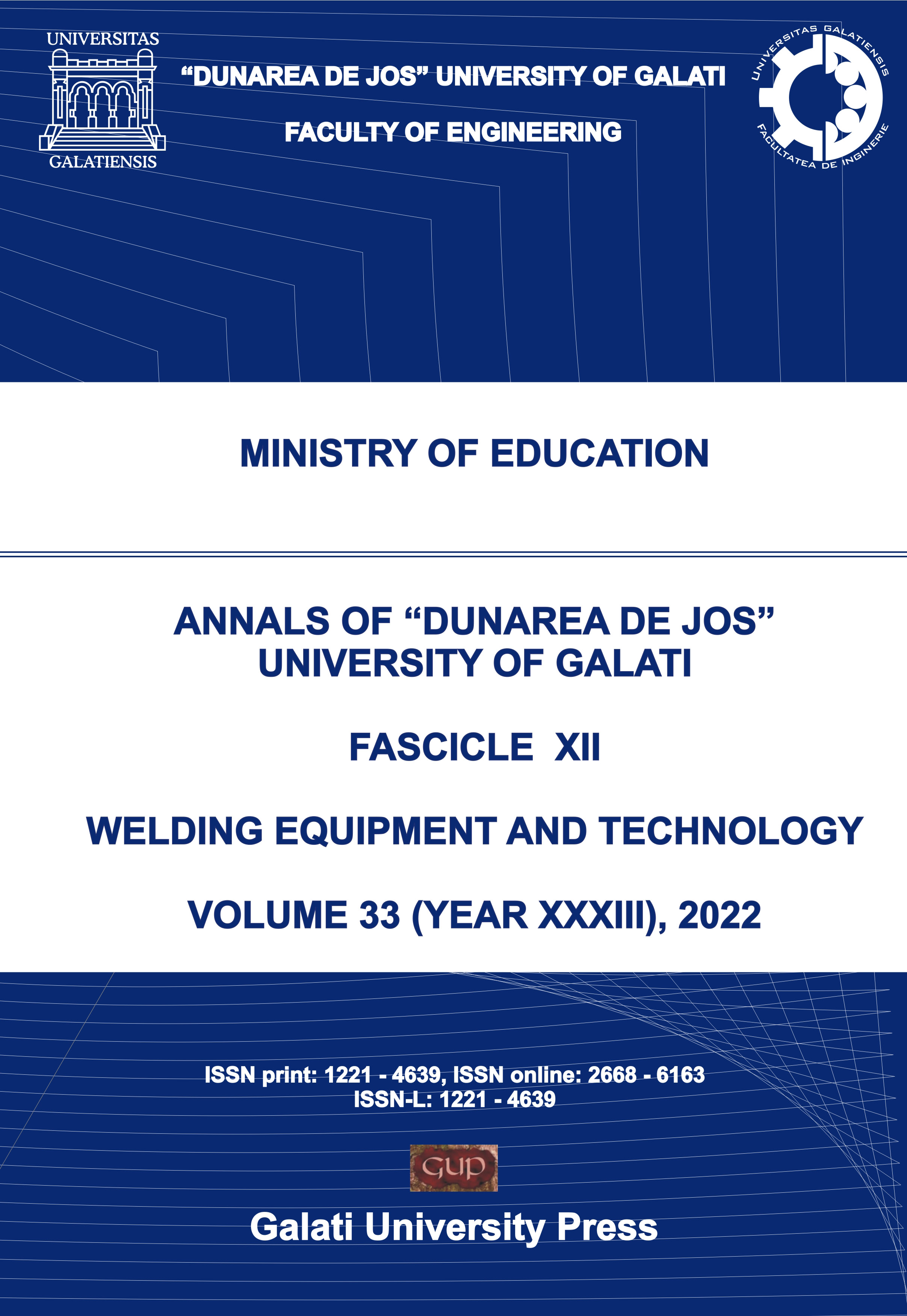Mechanical Performance, Structure and Fractography of ABS Manufactured by the Fused Filament Fabrication Additive Manufacturing
Abstract
Fused filament fabrication (FFF) is the most widely used additive manufacturing (AM) technology for printing thermoplastic materials, among them ABS. A significant problem of 3D-printed parts manufactured by AM-FFF is the anisotropy of their mechanical properties. Thus, it is of great importance to understand the impact of build strategy on the mechanical properties and failure mechanisms of AM-FFF ABS components. This research aims, at least partly, to fill this gap by studying the structure and mechanical behavior, and by performing fracture surface analysis of AM-FFF ABS specimens under the three-point bend test. For this purpose, three build orientations (flat, on-edge and upright), each built at 0°/90° and -45°/+45° raster angles and oblique printed samples (0°, 15°, 30°, 45°, 60°, and 75°) built at -45°/+45° raster angles were prepared. The results revealed that the build direction with the lowest density, flexural modulus of elasticity, flexural strength, and deflection was in the upright direction for both 0°/90° and -45°/+45° raster orientations. Overall, two main failure modes were observed for the tested specimens: (1) inter-layer/inter-raster bond failure, which is the main contributor to failure of all upright samples and (2) intra-layer/trans-raster failure, which is the main contributor to failure of flat and on-edge specimens printed at -45°/+45° raster orientation. The results for the oblique printed samples demonstrate that a single crack initiation can transform into a few inter-laminar and intra-laminar fracture surfaces due to competing stress fields and structural gradients.
Downloads
Papers accepted for publication become the copyrighted property of the Annals of "Dunarea de Jos" University of Galati, Fascicle XII, Welding Equipment and Technology. No part of the publication may be reproduced or transmitted in any form, or by any means, electronic or mechanical, including photocopy, recording, or any information storage and retrieval system, except in limited quantities for the non-commercial purposes of scientific or educational advancement, without permission in writing from the Editorial Board.


